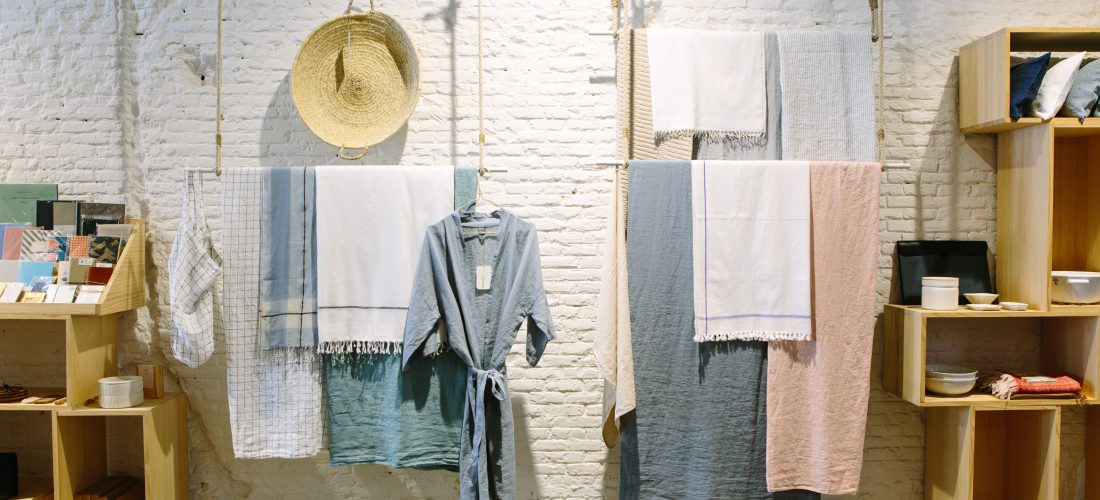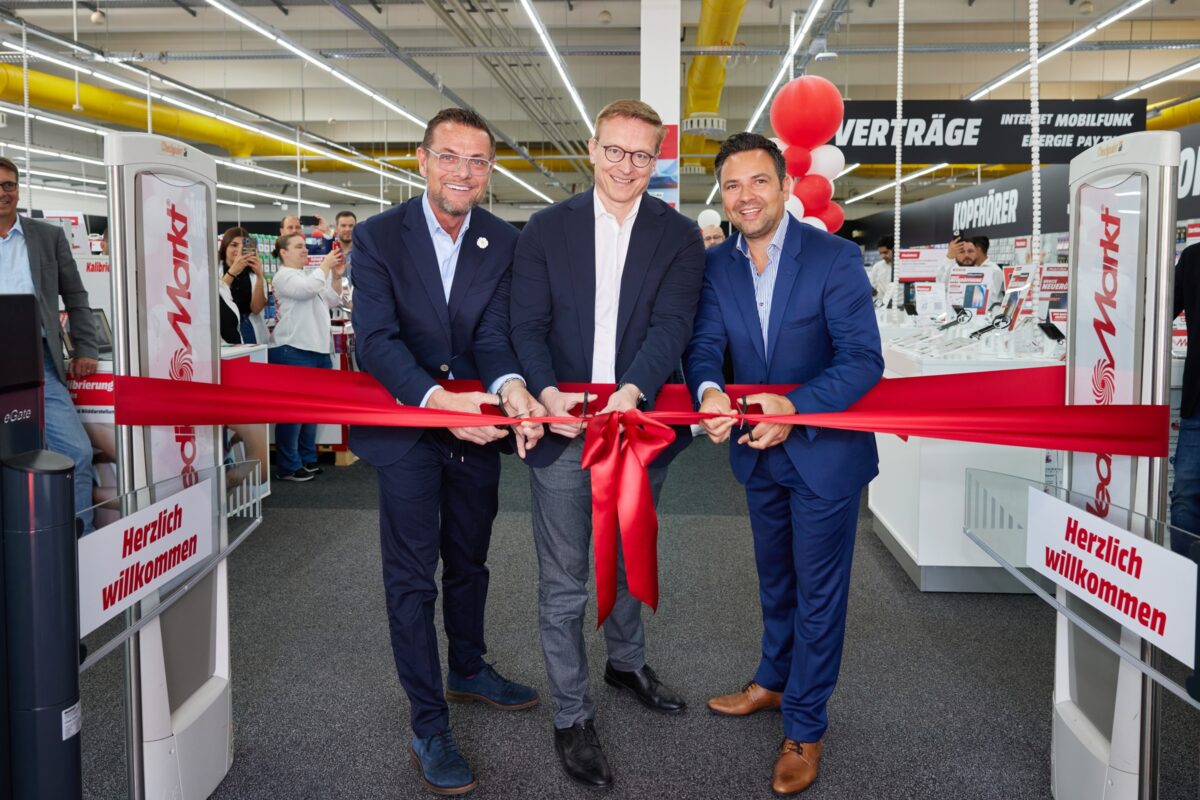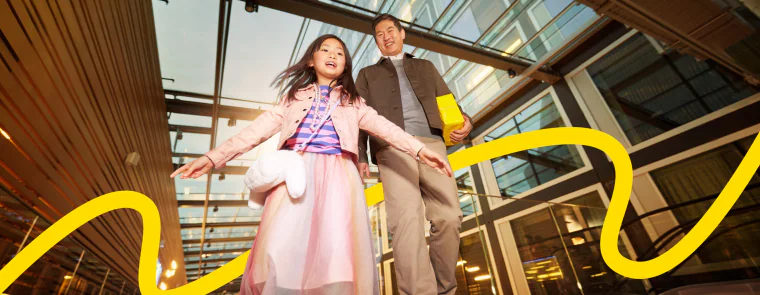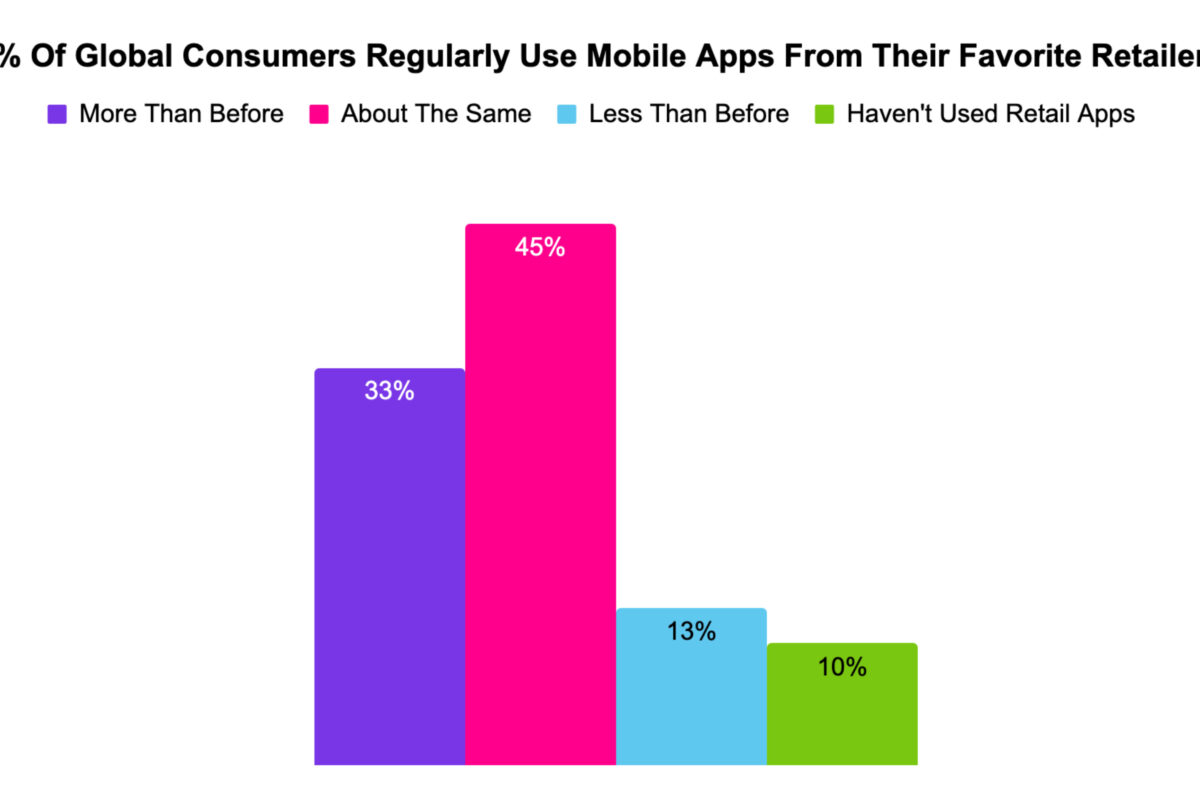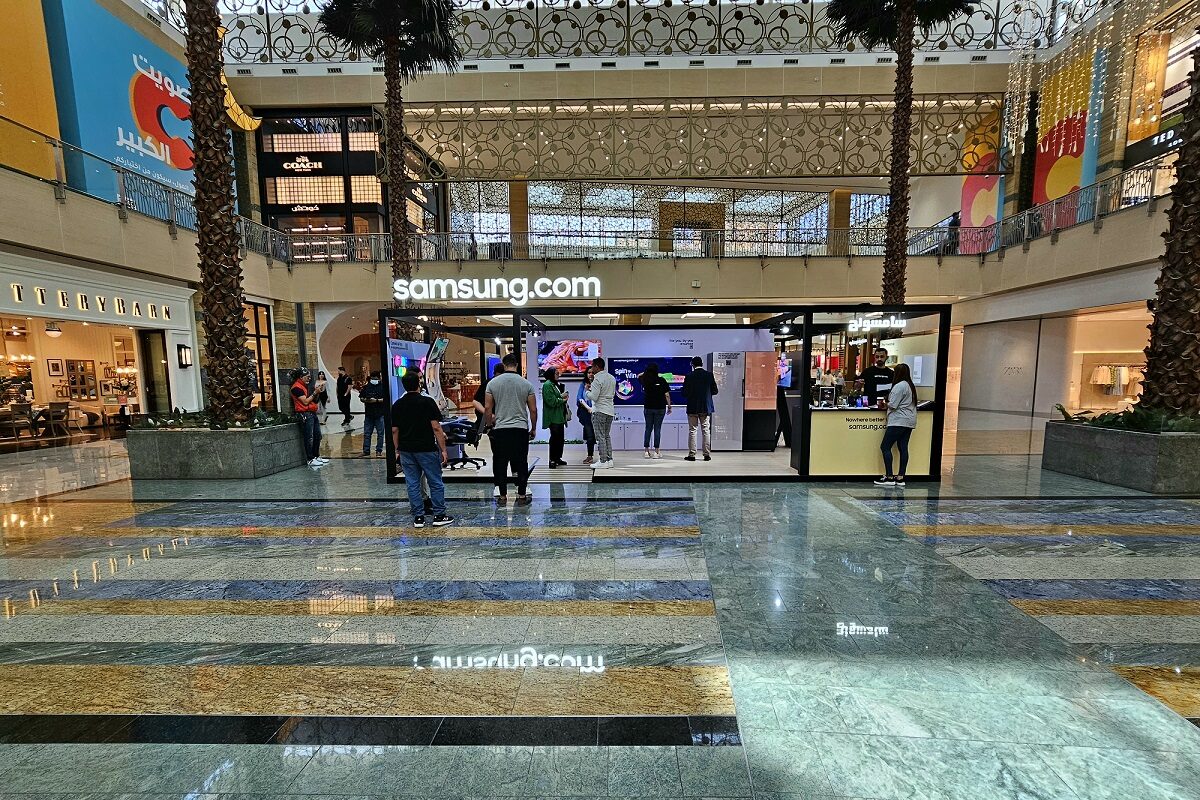Showrooming is becoming a popular retail model that addresses changed buying and information behavior
For many brick and mortar retailers, showrooming was and continues to be akin to “stealing consulting services”. After all, the term describes the practice of prospective customers of researching products in brick and mortar stores and then purchasing them online.
Showrooming can rightly be referred to as a new and future-oriented retail model. The principle behind it: Customers are explicitly encouraged to examine and try out merchandise in a smaller setting. In this interview, Ayhan Yuruk, Founder and Managing Director of Showrooming GmbH, describes the great potential showrooming offers both brick and mortar businesses and online retailers.
Mr. Yuruk, are retailers still afraid of customers who visit their stores, research and test their products, but then purchase them online?
Yuruk: Showrooming is not a new phenomenon. What’s changed is the way customers do it. In the past, consumers also visited MediaMarkt, then went to Euronics or Saturn to compare prices. In the Age of the Internet, this process has become much easier. Now customers are able to compare many stores at the same time. The negative association developed because prices are not always transparent. This will soon be a thing of the past as brands and retailers monitor their prices more rigorously and do so not just in their own stores, but also online.
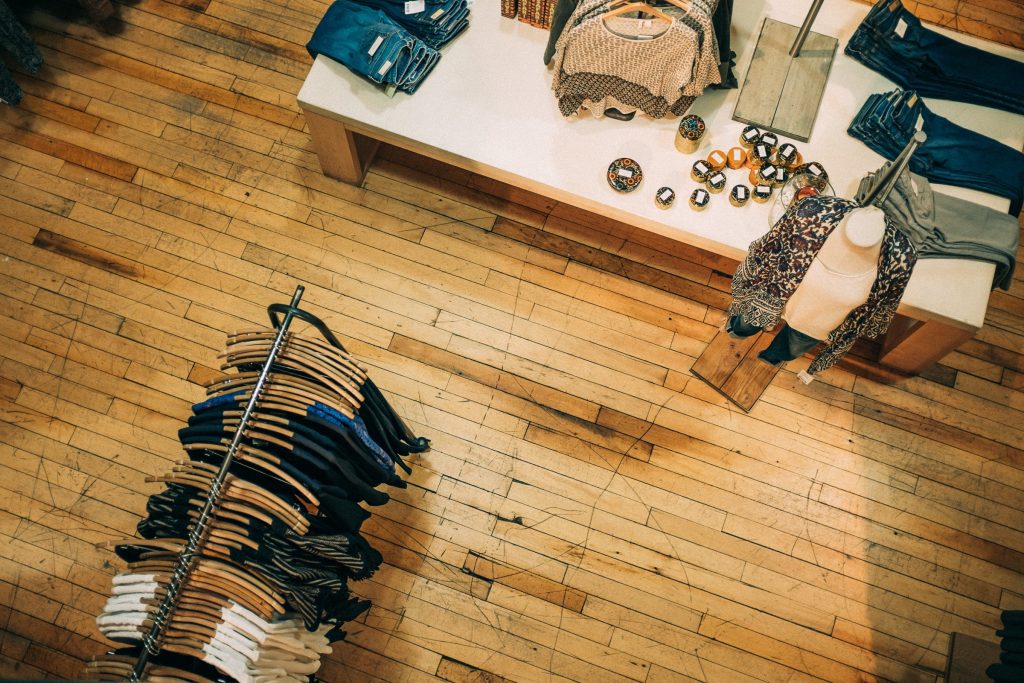
© Ashim D’Silva/Unsplash
What’s more, showrooming is more than just price comparison shopping these days. In fact, showrooming is increasingly becoming an actual showroom. The reason behind this is that customers are frequently doing the reverse and first view products online and subsequently want to test them in-store. In this type of showroom, customers get inspired and are addressed on an emotional level. They are offered an experience. All of these factors then affect the purchasing decision, which actually more often takes place offline.
In 2017, Colliers predicted that a growing number of pure-play online retailers are opening physical stores as the rate of online sales growth looks set to slow and decline during the next few years. Is that really the main reason why more and more online retailers focus on a physical presence?
While it’s true that online sales are growing at a slower pace, online sales are nevertheless expected to account for about 15 percent of global retail sales by 2020. One reason why online retailers move into an offline setting is the cost structure in the densely populated online market. By now it has become very expensive to be the one brand that gets to the top in the search rankings. Another reason is that customers still don’t perceive online brands as real brands. Online retailers now want to make up for this by creating a personal customer touchpoint. Having said that, this is ultimately aimed at increasing online traffic. Oftentimes, a brick and mortar store is not another sales channel for online retailers but rather a marketing tool.
One of my favorite examples of this is Mr. Spex. The company has looked for partner optometrists and later even opened its own stores. Customers also get to experience the online customer journey in an offline setting. The goal is for the initial purchase to be made offline because this allows the company to reach customers who are not online. The second purchase should then be made online.
Is it retailers or brand-name retailers that actually take advantage of these types of showrooms?
We launched Showrooming to guide online retailers and help them gain a foothold in the offline market. We currently receive more and more inquiries from brick and mortar retailers who want to find out how online retailers think. Sooner or later, brick and mortar brands or retailers will have to go online, which doesn’t actually mean that everyone must operate their own online store.
Another major trend is that department stores that used to feature eighty to ninety percent of pure sales area now focus on product display areas. What used to be window displays will soon account for half of the sales area – as product display areas. That doesn’t mean that you only set up platforms and mannequins. Things are happening in these highlighted areas because the setting and thus the customer experience keeps changing.

Ayhan Yuruk, Founder and Managing Director of Showrooming GmbH © Showrooming GmbH
To create an effective showroom, does the strategy need to be “constantly changing and be interactive, exciting and emotional“?
Absolutely! There is no way around it. This change is all about experience and entertainment. The long-term focus must be switched towards this aspect. We always like to point out that stores, malls or shopping streets are in direct competition with Netflix and similar competitors because this is ultimately about the consumer’s time. He or she decides whether he spends his spare time in front of the television or whether she wants to visit an entertainment center, for example, where the actual shopping facet becomes secondary.
Showrooming no longer just means moving from online to offline settings. Online and offline channels must always be integrated and connected.
That’s right because these channels must not be separated. This would be the wrong thing to do because it is something the customer wants. In fact, the retail sector needs innovative technologies to create new ways to get to know customers better, to identify and meet their needs and simplify internal processes.
Triggers used in showrooms are points where customers have to register in some form or another for example. There won’t be many showrooms where customers leave without providing data. This enables retailers or brand-name retailers to follow up with customers later on and ensure that they purchase the products from their store when they search for these items online. Loyalty programs and services are becoming increasingly important to build customer loyalty and commitment to a brand or product.
That being said, technologies must not just be tailored to meet the respective industry needs, but they must also be close to and focus on the customer. Technologies have to run in the background as discreetly and undetected as possible because emotion and inspiration take center stage. Future retail success depends on it.
Author: Melanie Günther
First published at iXtenso.com Magazin for Retailers




